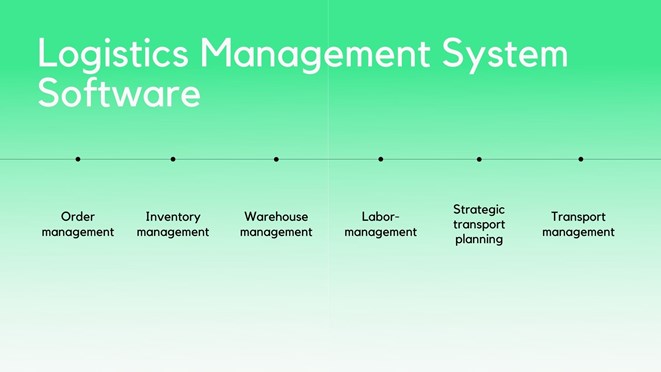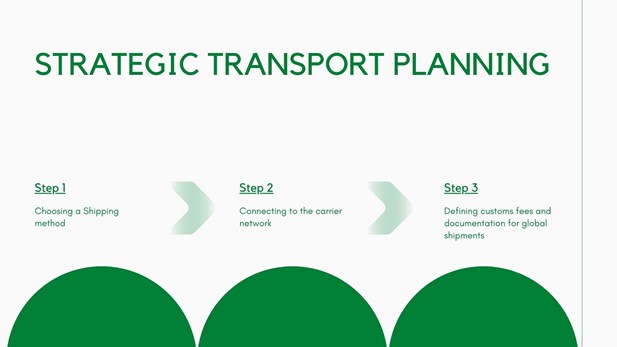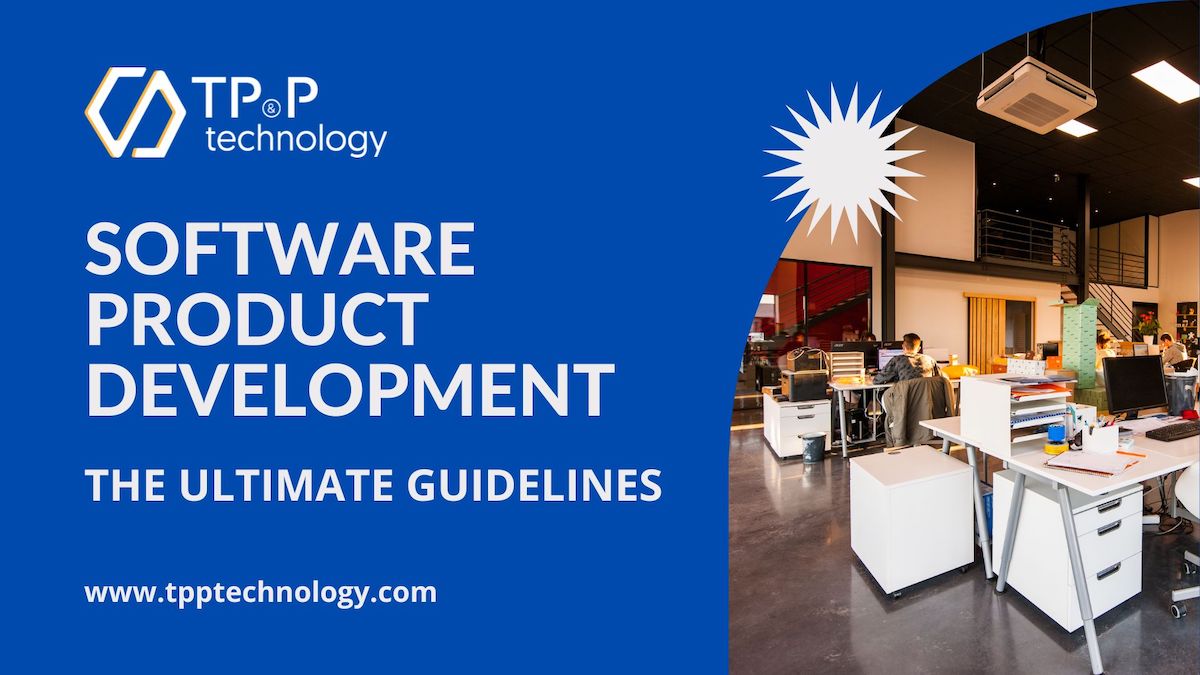
Logistics Management Software Systems Development: How Does It Work? Latest Guideline 2020
If businesses’ role is to ensure their services or products meet the needs and demands of their customers then logistics holds the main role in delivering.
The simplest explanation for logistics is the management of transportation of information, from one place to another. The term was first used in the late 19th century by Baron de Jomini, a Swiss officer. It was generated from a French word, logistique which means to lodge.
Logistics involves different factors like transportation, packaging, supplies, inventory, and even warehousing and security. It is a vital part of any business model since it’s the key element in keeping pace with customer demands and outperforming competitors.
At this very moment of the Covid-19 pandemic, there is a possibility that the world’s economies are stagnating; but unlike any forecast, many trucks have returned empty from their journey, and warehouses are overfilled and ready for any situations.
How can that be possible?
Digitalization has allowed warehousing and transportation to operate smoothly and constantly via logistics management systems during this time by creating a constructive ecosystem of supply chain providers to elevate customer experience and deliver more value.
Logistics works in two ways: forward logistics which includes the procedures of receiving and processing orders, preparing goods, packing and picking it and delivering it to the customer as soon as possible;
And reverse logistics which is the operations with managing incorrect or damaged shipment, reverse logistics can happen for many reasons, to remanufactured or refurbished.
To make the managing process in both ways easier, businesses use logistics management systems (LMS) – a software solution that optimizes all processes in logistics. There are several way to introducing and integrating LMS in your organization:
- Building, purchasing, and managing LMS software by yourself.
- Outsourcing - using a third-parties logistics company that will help you run any operations for you.
A typical Logistics Management System comprises of the following capabilities, including: Order management; Inventory management; Warehouse management; Labor-management; Strategic transport planning; and Transport management;
Each module holds an important role in the system, here are their definitions that you need to know.
Order Management Software (OMS)
Traditionally, when an order comes in, the sales department will notify the warehouse to fulfill the order, and then the order will be shipped to the customer.
Easy and simple as it sounds, but it is actually rather a complex process since it involves different departments and people.
The full description of the order management process includes receiving and processing an order, especially online, which usually involves managing customer service, proceeding payments, checking stocks if there are still any goods in the warehouse, checking for fraud, paperwork among all parties like manufacturers, suppliers, warehousing, transporting.
An order management software allows data to be synchronized in one system to avoid errors, double orders, and to manage inventory, supplier, and customer information.
This is a connectivity hub where you can know all information related to the order like routes, location, warehouse connectivity, prices, etc. This hub is also where invoices and payments are made. Some OMS will have some extra features like multi-currency options.
OMS is connected with your CRM and inventory database to provide the accounting and marketing departments with information and complement the purchasing funnel.
Inventory management Systems (IMS)
As the role of inventory management is to maintain the right stock at the right levels as desired. People who manage inventory need to know when to reorder, how much they should order, how long the stock will last, and so on.
If the process is done right, businesses can save costs, improve the quality of both products and services. However, this can become a complicated process eventually since it requires highly accurate product information. Therefore, many businesses use an inventory management system to simplify the process.
Cloud-based IMS Zoho Inventory has integrations with shipping companies, warehouse, accounting, and CRM software is one of the choices you have.
The software has multi-channel inventory management and inventory control to provide small businesses. It tracks low stock levels and sets automatic re-ordering for each product, at the same time, reduces the risk of ordering excess by estimating product demand.
Warehouse management system (WMS)
A warehouse management system is a software that helps you to control and manage day-to-day operations in a warehouse including 3 main areas: maintaining, controlling, and automating.
This set of processes involves receiving and moving items, managing staff using KPIs, maintaining safe working conditions, and locating and tracking inventory via software and hardware.
A WMS can be a standalone application or part of an ERP system, There are several types of WMS but Standalone System, ERP modules and Cloud-Based are the most popular types. Most standalone systems are third party and it must be integrated with the rest of your business management software (like ERP).
WMS is also responsible for warehouse designing. A 3D map of the warehouse building must be provided in order to maximize the storage space, manage inventory placement or improve the flow of items and labor, as well as maintain the quality of the items since the rule of thumb is ‘first-in-first-out’.
Every item that goes to the warehouse must have a barcode, it will be scanned and its information will be synchronized to the system (WMS). Now every item will be stored in order, and have its own routes to save time as it needs to be picked in a single run.
Labour management system
Labour management is a part of warehouse management operations but we would like to dedicate a whole section for it.
According to the Peerless Research Group (PRG)’s report, most operations now depend on a mix of manual as automated methods to manage their human resources. The
The system first will assign tasks to individuals using workforce planning and scheduling capabilities which allows you to track employees productivity and identify unqualified and underperforming shifts or workers
Some of the labor-management system features include labour resource allocation, tracking and monitoring, real-time workforce visibility, labour forecasting and scheduling, workforce planning, alerts, and notifications to help you manage your workforce better, management of workforce from one screen.
Strategic transport planning
So after the system has picked up an order, the working staff will assemble and wrap it before sending it out to our customers.
The last thing to do before going on a field trip is to optimize its shipment: the most common uses are: time recording, time and attendance software, scheduling, and labor activities tracking.
- Choosing a shipping method: LMS will choose the best transportation logistics option that suits your need the most. Shipping methods are freight: refrigerated truck (for products or foods that needs a temperature-controlled means of transport), non-refrigerated truck (dry van), air, train, truckload, LTL (less-than-truckload), ocean; country-specific; standard shipping; weight-specific; table rates shipping; third-party;
- Connecting to the carrier network: LMS will connect shippers with carriers who can provide the best shipping option. There are transportation procurement tools assisting you in customizing your request, responding to queries, accepting proposals, and evaluating.
In case you’re contacting 3PLs, they usually have a massive database of companies or individuals who offer shipping services, therefore they can offer a high probability of getting a job done.
- Defining customs fees and documentation for global shipments: if you need to send an order online, this is the phase where you should have everything mapped out. International shipping needs a lot of paperwork and dealing with regulations, LMS can make your work easier. The system calculates value-added taxes, cross-border fees, freight forwarding charges as well as manages shipping papers ensuring the product complies with both countries laws and regulations
Transport management software (TMS)
TMS is a part of supply chain management concerning transportation operations for businesses and sometimes encapsulated with ERP. Areas that need TMS are: procurement, shipping, route planning and optimization, load building, operations, audits, payments, management of yards, carrier management.
TMS helps you in saving money and growing your business by reducing labor costs and improving efficiency which will improve your response to customer demands; simplifying processes, improving customer service, reducing inventory, and so on.
When implementing TMS solutions, you should look if the software has the following capabilities:
- Delivery management and scheduling: clients should be able to schedule their shipments through their TMS account. At the same time, they should also be provided with the delivery estimation
- Cross-docking: this feature can identify the delivery type in which the product can be sent directly from the manufacturer to the customer. Despite helping you in saving time, cross-docking contains a risk of losing control over inventory.
- Last-mile logistics: this feature focuses on how to deliver items to the end-users as fast as possible while minimizing company costs.
- Providing same-day and instant delivery services: clear as its sound. No need to explain!
- Order tracking: again, very clearly why TMS should have this feature.
- Transportation accounting: Clients will be informed about their shipping expenses, this feature gathers all documents in one place and simplifies accounting by allocating costs, assigning billing codes and generating freight invoices.
- KPI report: provides a snapshot of your company’s overall performance.
Looking for an experienced Supply Chain Management & Logistics software vendor? Get in touch with TP&P Technology today to discuss your SCM project.



